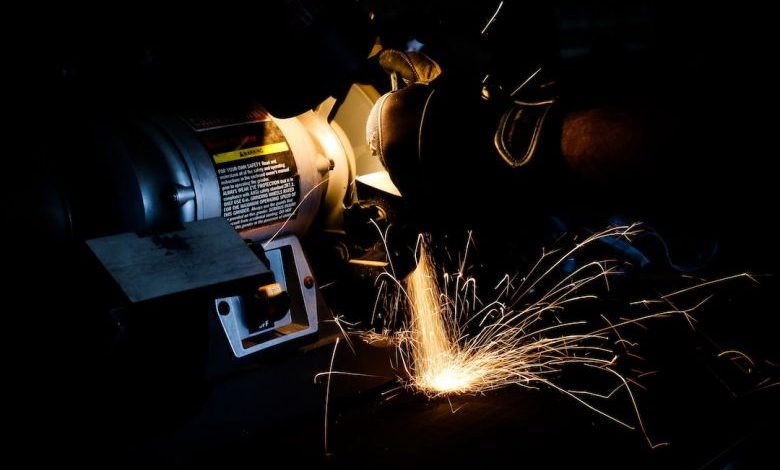All You Need to Know about Bench Grinders

Bench grinders are versatile tools that can be found in workshops, garages, and even homes. They are commonly used for sharpening tools, shaping metal, and removing rust or paint. In this article, we will delve into the world of bench grinders and explore their various uses, features, and safety considerations.
Overview of Bench Grinders
A bench grinder is a stationary power tool that consists of a motor, grinding wheels, and a workbench. The motor drives the grinding wheels, which are typically made of abrasive materials such as aluminum oxide or silicon carbide. These wheels rotate at high speeds, allowing them to remove material from the workpiece.
Uses of Bench Grinders
Sharpening Tools: One of the primary uses of bench grinders is sharpening various tools, including chisels, knives, drill bits, and gardening tools. The grinding wheels provide a quick and efficient way to restore a sharp edge to these tools, improving their performance and prolonging their lifespan.
Shaping and Polishing Metal: Bench grinders can also be used for shaping metal objects, such as bolts or screws, by removing excess material. Additionally, with the right attachments, they can be used for polishing and buffing metal surfaces, giving them a smooth and shiny finish.
Removing Rust and Paint: Another common use of bench grinders is removing rust or paint from metal surfaces. The grinding wheels can effectively strip away the unwanted coatings, preparing the metal for further treatment or restoration.
Features to Consider
Wheel Size: Bench grinders come in various wheel sizes, typically ranging from 6 to 10 inches in diameter. The size of the wheel determines the surface area available for grinding and the speed at which material can be removed. Smaller wheels are suitable for precision work, while larger wheels are better for heavy-duty applications.
Motor Power: The power of the motor is another important consideration. Higher horsepower motors provide more torque, allowing the grinder to handle tougher materials and tasks. It is recommended to choose a bench grinder with a motor power of at least 1/2 horsepower for general use.
Variable Speed: Some bench grinders offer variable speed settings, allowing you to adjust the rotation speed of the wheels. This feature is particularly useful when working with different materials or when you need more control over the grinding process.
Safety Considerations
Eye Protection: When using a bench grinder, it is crucial to wear safety goggles or a face shield to protect your eyes from sparks, debris, and flying particles. Grinding wheels can break under certain conditions, so it is essential to take this precaution seriously.
Stable Work Surface: Ensure that the bench grinder is securely mounted on a stable workbench or stand to prevent it from moving during operation. This will minimize the risk of accidents and provide a steady platform for your work.
Proper Workpiece Support: Always use a tool rest or a jig to support the workpiece while grinding. This will help maintain control and prevent the workpiece from slipping or being pulled into the grinding wheels.
Conclusion
Bench grinders are versatile tools that can be a valuable addition to any workshop. Whether you need to sharpen tools, shape metal, or remove rust, a bench grinder can make these tasks easier and more efficient. By considering the features and safety precautions discussed in this article, you can ensure a safe and successful grinding experience. So, next time you have a dull tool or a metal object in need of shaping, reach for your trusty bench grinder and let its power and precision do the work for you.




